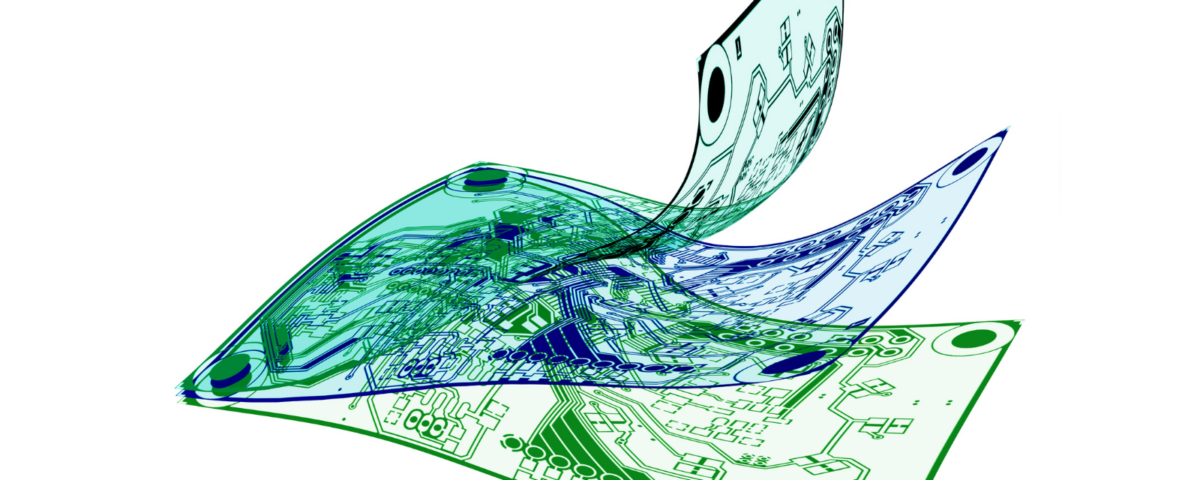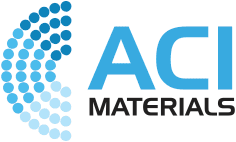Innovations Using Conductive Inks and Materials and Their Origins

Innovation in technology has always been a driving force for progress, enabling us to solve complex problems and improve our daily lives. One area where significant advancements have been made is in the use of conductive inks and materials. Conductive inks, first introduced in the early 1990s, are specialized inks capable of conducting electricity.
Improvements with conductive materials have led to the development of printed biometric sensors, improved battery thermal management, highly efficient printed antennas, and more lightweight, compact electronic devices.
Printed Biometric Sensors
Hans Berger, a German psychiatrist, is credited with discovering and recording the first electrical impulses from the brain, known as electroencephalogram (EEG). Printed biometric sensors read the body’s electrical impulses, similar to Berger’s original readings in the 1920s. However, today’s advancements in conductive inks allow for these sensors to be thin, flexible, and wire-free, making them more versatile and convenient.
Biometric sensors are revolutionizing applications in healthcare, fitness, and beyond by offering remote vital monitoring, including brain activity (EEG), muscle activity (EMG), and heart rate (EKG). They can be used to remotely track patients for home healthcare or monitor athletes in real-time as they compete on the field.
Printed biometric sensors offer several advantages:
- Flexibility: Biometric sensors can conform to curved surfaces, making them ideal for applications like wearable devices and smart clothing.
- Cost-Effectiveness: The use of conductive inks reduces production costs compared to traditional fabrication methods.
- Customization: Manufacturers can easily customize the sensors to meet specific design requirements.
Thermal Management for Batteries
The need for effective thermal management in batteries became evident with the rise of rechargeable lithium-ion batteries in the 1970s. Dr. John B. Goodenough and his team at Oxford University were instrumental in developing the first lithium-ion battery, which revolutionized the electronics industry. Proper thermal management is crucial for lithium-ion batteries to prevent overheating, enhance performance, and ensure safety.
In the early 2000s, Dr. Arumugam Manthiram and his team at the University of Texas at Austin pioneered the use of conductive materials for thermal management in batteries. By creating highly conductive pathways within battery cells, they were able to improve heat dissipation and enhance battery performance and safety.
Battery thermal management is crucial for their performance, safety, and lifespan. Conductive inks and materials have significantly improved thermal management solutions especially in electric vehicles (EVs) and portable electronics through innovations like printed heaters.
Printed Antennas
The history of antennas dates back to the pioneering work of Heinrich Hertz in the late 19th century. Antennas are essential components in wireless communication systems, enabling devices to transmit and receive data wirelessly. However, it was not until the mid-20th century that printed antennas began to emerge as a viable technology.
Antennas are used in a variety of applications, from IoT devices to satellite communications. Printed antennas, made possible by conductive inks and materials, can be customized to optimize performance for specific frequencies and applications, making them invaluable in modern communication technologies. They offer several advantages over traditional antennas:
- Low Cost: Antennas can be manufactured using cost-effective printing techniques.
- Flexibility: Antennas can be printed on flexible substrates, allowing for integration into a variety of devices and applications.
- Customization: Manufacturers can easily customize the antenna design to optimize performance for specific frequencies and applications.
The Future Made Possible with Conductive Materials
These early pioneers laid the groundwork for the researchers and engineers who continue to push the boundaries of what is possible. Printed biometric sensors, thermal management, and printed antennas are just a few examples of how these materials are driving progress and shaping the future of technology. Conductive inks are driving progress and shaping the future of technology by making devices more efficient, flexible, and cost-effective. Ongoing research and upcoming innovations promise to further enhance the capabilities of these materials, opening new avenues for advancements in healthcare, energy management, and communication systems.



